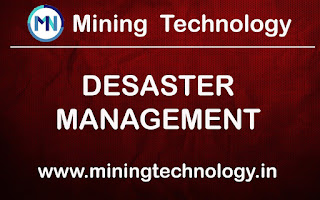SUBJECT NAME
DISASTER MANAGEMENT
These notes are Related to the R16 Syllabus book of JNTU R13 and R15,
8-units of R09 syllabus are combined into 5-units in R13 and R15 syllabus.
If you have any doubts please refer to the JNTU Syllabus Book.
Vulnerability that exceeds the capacity of a society to reduce the possible negative consequences of risk. The danger is an extreme event, natural or created by man, with a destructive potential for social, economic and human assets. These may include future threats, and may be"natural (geological, hydrometeorological and biological) o
(Conflict, environmental degradation and technological risks). Disasters are often described as a result of the combination of: exposure to a hazard; the conditions of vulnerability that are present; and insufficient capacity or measures to reduce or cope with possible negative consequences. The impacts of disasters can include the loss of lives, injuries, illnesses and other negative effects on the physical, mental and social well-being of the human being, together with damage to property, destruction of assets, loss of services, social and economic interruptions and Environmental degradation.
A disaster is a calamitous, distressing or ruinous effect of a disastrous event that seriously affects or interrupts (or threatens to interrupt) the critical functions of a community, society or system, for a period long enough to damage it or cause its failure. . It is beyond the capacity of the local community to overcome it. The affected community needs extraordinary efforts to confront it, often with external or international help.
DESASTER MANAGEMENT MATERIALS
Tags:
BTech Notifications


